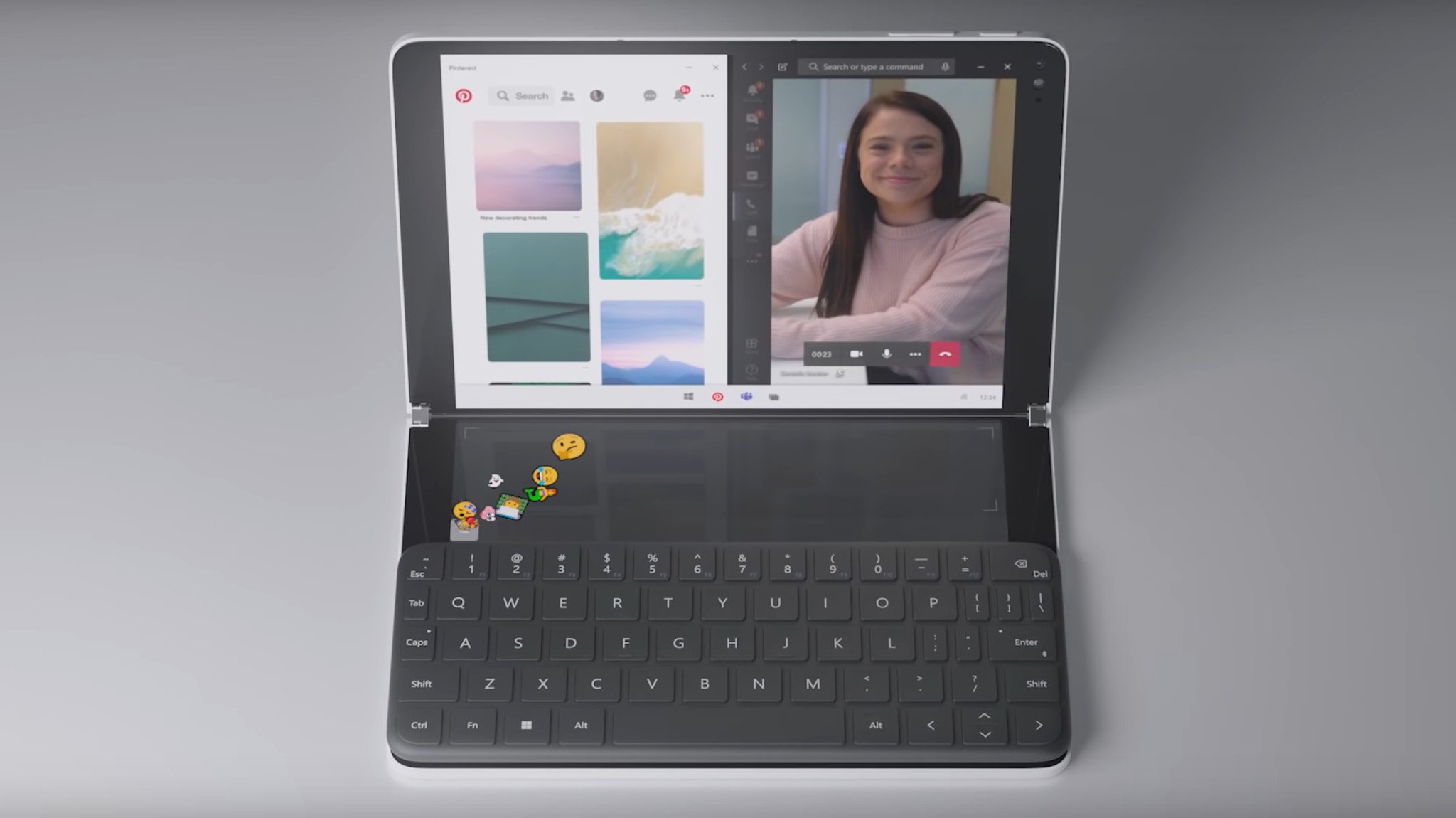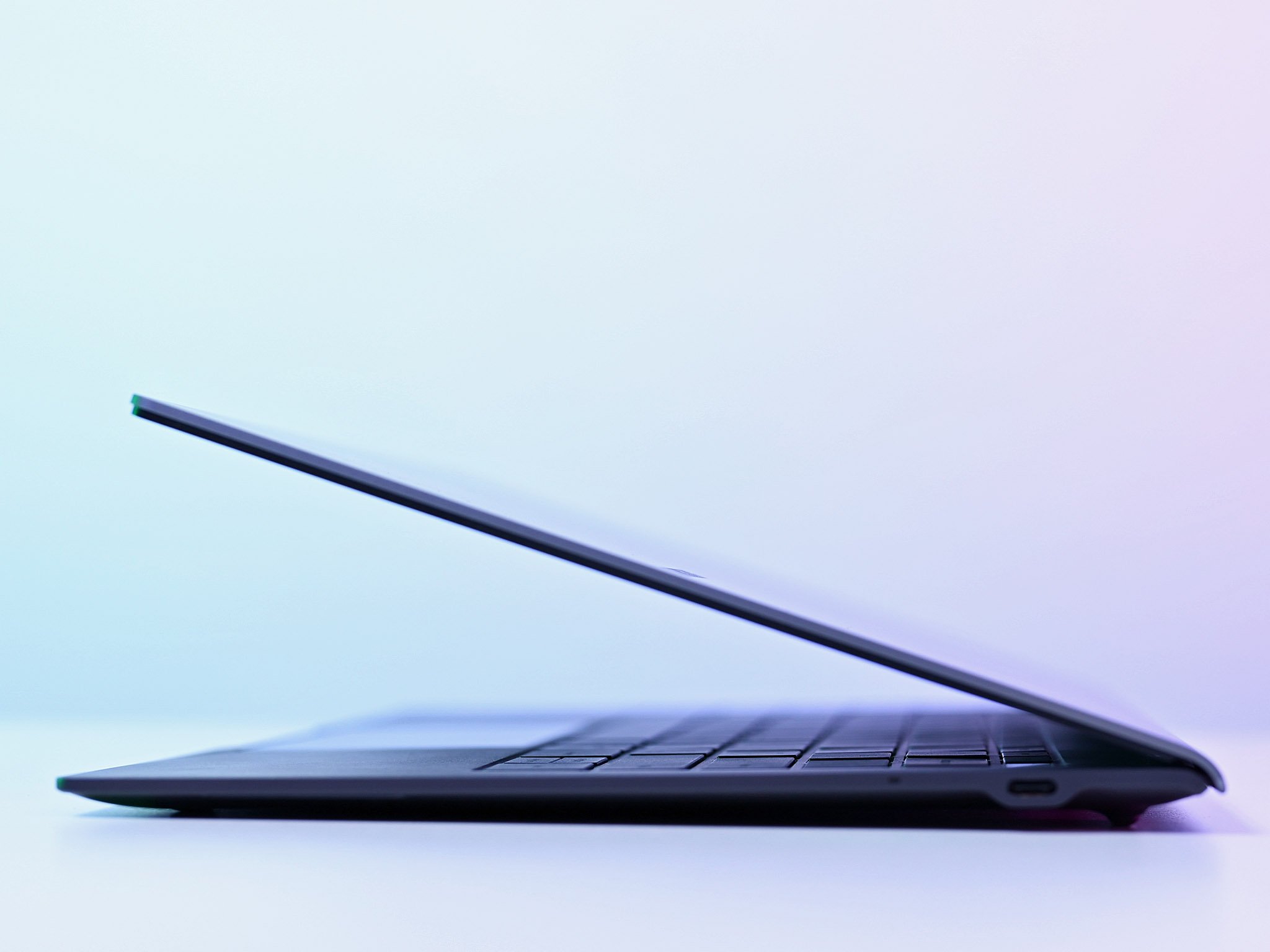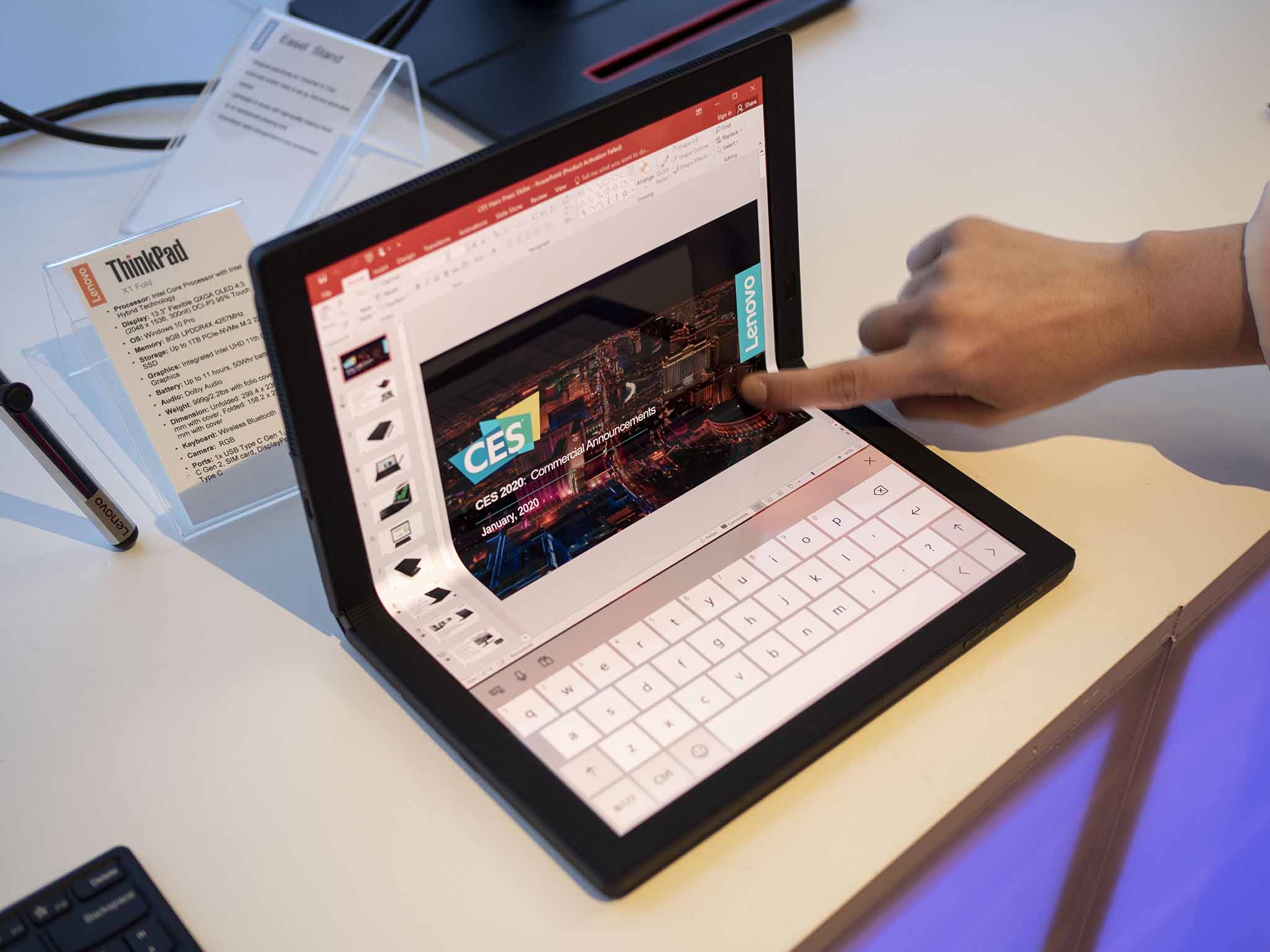Charting the future: How PCs are moving towards extreme and light computing
The future of laptops is being pushed to two extremes in light, thin-client cloud computing, and heavy, discrete, and localized. Here is why that's happening.

Over the last decade, there have been clear trends with laptops, including, at one time, pundits claiming the category's death knell. Whether it's Intel's "Ultrabook" initiative or Microsoft's 2-in-1 tablet versus laptop theory, there has been convergence on a lot of it.
For about the last year, though, a new push has begun to emerge: ultra-powerful computing. NVIDIA is partially responsible for this with its Studio effort starting back in the summer of 2019.
But there's an opposite end of that spectrum too: the super-thin and rapidly approaching dual screen (or folding display) designs.
Such a bifurcation will result in a new world of mobile computing. Thin clients that are heavily reliant on the cloud, 5G connectivity, and the OS is agile. At the other end, larger workstations for "creators" who need raw, localized power. Both are driven by the changing economy and technology.
Rise of the Studio workstation

NVIDIA's push for the Studio line is impressive. At its core, it is a marketing ploy, and, yes, money is given to OEMs to push laptop designs into this direction. The tradeoff is NVIDIA gets to push Studio as a viable alternative to professionals gravitating towards gaming laptops and away from Apple.
It was no coincidence that in the summer of 2019, dozens of laptops suddenly had RTX Studio program validation. This effort was a concerted push by the industry to give a hard nudge to where the market was already headed.
HP knows this well. In a recent press briefing the company cited some thought-provoking numbers from its own research:
Get the Windows Central Newsletter
All the latest news, reviews, and guides for Windows and Xbox diehards.
- 61 percent of people use their PC to create
- Creative jobs are #1 on the list of remote work opportunities
- 91 percent of Gen Zers use their PC to collaborate
- Gen Z spends 45 percent more time using their PC than millennials
Other data backs up these observations about the rise of remote work.
A lot of this is also just driven by technology. It is now possible to have laptops with eight-cores, or powerful RTX video cards like the new "super" series from NVIDIA. And not just in some giant, heavy laptop, but slim ones that are under 4 pounds (1.8kg). See HP's recent ZBook Create.
Thin display bezels and 500-nit HDR displays also are driving this industry, leading to laptops with significantly smaller footprints. Dell learned this years ago with its InfinityEdge display technology.
No longer do people need to get a gaming laptop, but instead, they can get customized hardware that ranges from Intel Core and Xeon processors to AMD's latest Ryzen ones.
Razer, in many ways, helped kick this off. Its popular Razer Blade quickly became the darling of "pro" video editors and people who needed power but did not want a clichéd gamer aesthetic.
Super thin clients and cloud computing

Another trend is quickly emerging too for thin client PCs, and Apple drives much of this. The iPad has pushed the idea of computing forward, though with some caveats. Apple is now working to improve those limitations by thoughtfully enhancing iPadOS while adding PC-like hardware experiences. This move is mobile OS to desktop OS convergence.
Microsoft comes from the other direction with the iconic Surface Pro. It, along with the forthcoming Windows 10X, is a desktop OS to mobile OS intersection.
I have little doubt that in the next five years, Microsoft will begin to push Azure as a system to power "Windows" on consumer hardware. Google is also poised to go this route as it already has with Chromebooks. These devices will be thin-client laptops (Samsung Galaxy Book S), dual-screen PCs like (Surface Neo), or a single display tablet that folds in half (ThinkPad X1 Fold).
These devices are aimed at those who trade in information for a living — e.g., big data, emails, IT, web developers, Office and Teams collaboration, education, etc. That is quite a different group than those who need RTX or Quadro graphics to render 4K (and now 8K) video remotely or crush data in MATLAB.
While 5G is certainly overhyped in 2020, there is little doubt that in the coming years, it will open the door to new computing opportunities. Some of that is evident today with efforts like game streaming (Project xCloud).
But pushing the OS itself to the cloud for ambient and ubiquitous computing paradigms is also going to happen.
Running parts, or all, of the OS from the cloud so that your operating system follows you to your hardware with app-streaming is a potent combination, especially if the device can fold into your pocket.
There is always room in the middle

None of this is to say that laptops that do a bit of both, aka the more traditional 13 to 14-inch Ultrabook, are going to go away. Indeed, the beauty of the PC market is how robust it is in its range of possibilities. Whether it is 17-inch Ultrabook, or 13-inch gaming laptop, some company is still going to create those devices.
But the trends will continue to shift towards two categories:
- Discrete, localized computing with a lot of power
- Cloud, ambient computing in radically thin and light hardware
The current coronavirus pandemic, with its necessitated "work from home" (WFH) mandate, is going to have a massive impact on jobs. While some people will return to work, many companies are now discovering that remote work is not only possible, but it is preferable.
The idea that people in specific, but increasingly growing, industries can work wherever they want means that PC hardware must go there too. The two models of computing laid out here will be the driving trend for the foreseeable future to meet that demand.
Who knows, maybe we'll finally get good web cameras too.

Daniel Rubino is the Editor-in-chief of Windows Central. He is also the head reviewer, podcast co-host, and analyst. He has been covering Microsoft since 2007 when this site was called WMExperts (and later Windows Phone Central). His interests include Windows, laptops, next-gen computing, and wearable tech. He has reviewed laptops for over 10 years and is particularly fond of 2-in-1 convertibles, Arm64 processors, new form factors, and thin-and-light PCs. Before all this tech stuff, he worked on a Ph.D. in linguistics, performed polysomnographs in NYC, and was a motion-picture operator for 17 years.
